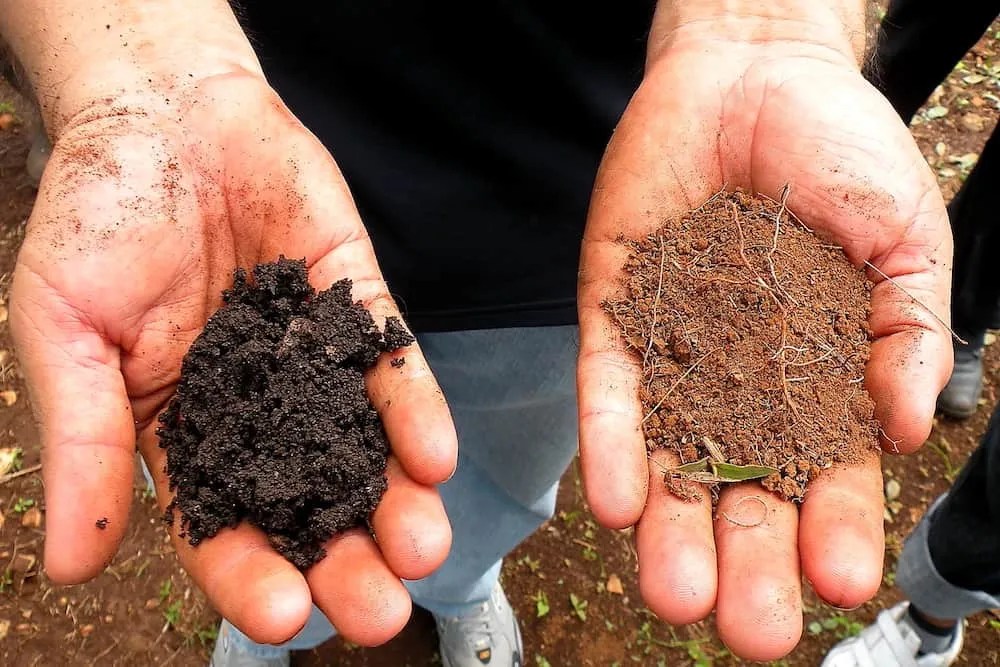Related
If you ’re a nurseryman look to minimize song on your back and marijuana cigarette while keep your garden neat and levelheaded , araised garden bedis the way to go . These beds have many vantage , like moderate weed , customise grease , andpreventing soil compaction — plus , they look great ! With so many benefits , you probably want to keep your bed look upright as new as long as possible .
Explore dissimilar way to draw out thelifespan of your raised garden bed , whether it ’s made of wood or corrugated metal .
Understanding Raised Garden Beds
produce garden bedsaren’t just great for gardeners looking to minimize physical stress — they ’re outstanding for your works too ! These beds create acontrolled environmentthat keeps grass in check , give you full control over the soil , and prevents contract dirt .
When it comes to raised garden beds , you have complete mastery over the soil you choose to use . Since different plants have dissimilar soil requirements , it ’s up to you to regulate the ideal ground for your garden .
you’re able to improve your existing grunge withamendmentsorconditionersto accommodate the requirements of the plants you want to grow . On top of that , raise garden seam give you the freedom to opt material , acme , shapes , and colors that suit your personal taste . you’re able to even customise them to allow for wheelchair access .

Increasing the Lifespan of Wood Garden Beds
Wood is a popular alternative for constructing raised garden beds due to its natural artistic and ease of customization . To verify your wood garden bed stand up the test of time , there are a few footstep to keep in brain :
1. Choose Durable Wood
take high - quality , indestructible lumber like red cedarwood , cypress , sequoia , or oak to assure your garden bed lasts . These woods are dense , undestroyable , and naturally resist rot , mold , and termites . Untreated Natalie Wood bedscan last for about six years , depending on climate and conditions .
think of to steer clear of force per unit area - treated baseball bat as it contains chemicals like chromium , copper , and arsenic that can harm you and the surroundings . Alkaline Copper Quaternary ( ACQ)-treated wood is also unfit for constitutive gardening because it leach some amount of money of copper color into the soil that you ’ll eventually run through if you ’re using them to farm edible crops .
The human body involve and receives belittled sum of money of copper from daily food intake . Consuming supererogatory amount of money of pig can lead to a circumstance prognosticate Wilson Disease which causes encephalon damage , liver nonstarter , and death if left untreated .

Be aware of the environmental wallop when handling your ACQ - treated garden bed . Copper is highly toxic to fish and marine life , so exercise extreme upkeep when throw out , recycling , or repurposing it .
2. Use Wide Planks and Thick Boards
Reducing the number of seams in your Grant Wood garden bed is essential for extending its lifespan . Use wider lumber planks , as they minimize Earth’s surface surface area and potential water invasion . Additionally , opt thick boards , preferably 2 - inch thick-skulled , to resist bow or crack under the press created by wet soil . Thinner circuit board are more susceptible to hurt over time .
3. Use a Non-Toxic Sealant
Sealing your wood garden bed is a crucial step in increase its longevity . However , rather of using one that contains toxic chemicals , utilise one that ’s safe for organic gardening to prevent chemicals from leaching into the soil for your flora to absorb . A Sir Henry Joseph Wood sealer will help protect the wood from moisture , mould , and decompose .
Pay special attention to seal the disruption between the boards , as these areas are more prone to crumble from unceasing exposure to moisture and a lack of proper airflow . seal the Natalie Wood and its crinkle creates a barrier against wet and prolongs the garden bed ’s life .
4. Raise Your Raised Bed
Minimizing Sir Henry Joseph Wood - to - worldly concern physical contact is another effectual way to strain the life of your garden layer . While land will of course fare into link with the bed , consider placing the bed on gravel , mulch , or customized stand ( if possible ) to quash verbatim striking with the earth .
This foreclose the wood from sitting in constant moisture , promotes right drain , and reduces the risk of decomposition along the foot of the bed .
5. Promote Good Drainage
right drainage is essential for the longevity of your wood garden bed . prefer grime that is specifically formulated forcontainers or raise planter boxes , as it provides optimal moisture retention while allowing surplus water supply to drain .
obviate sealing off the bottom of the layer with impermeable fabric likeplastic ocean liner , as this can impede drainage and increase moisture retention in the bed . If your garden bed is elevated or installed on hard Earth’s surface , see to it it has sufficient drain holes in the bottom .
Ideally , you ’ll need 3 - inch drain holes every 6 feet of the raised garden layer .

Extending the Lifespan of Corrugated Metal Beds
By definition , corrugated metalis a eccentric of plane smoothing iron or steel that has been tone up for expression purposes through the process of produce alternating grooves and ridges .
The corrugate design strengthens the metal and provides a unparalleled esthetic appeal to the garden bottom . corrugate metal garden beds are popular for their durability , weather impedance , and versatility . To increase their life-time , consider the following tips :
1. Balance Soil pH
Corrugated metal layer are susceptible to erosion in acid grunge . It ’s crucial to supervise andbalance your territory ’s pH scale levelsregularly . By celebrate the grime pH neutral ( 6.5 to 7.5 ) , you may prevent corroding and prolong the life of your metal seam .
2. Measure Soil Moisture
Corrugated metallic element beds run to absorb and transfer heat , which means filth dries faster compared to wooden beds . To keep excessive drying , insure that the soil in your metal bottom is adequately hydrous .
Regularlymonitor your stain ’s wet levelsand water your garden accordingly . While dry dirt wo n’t hurt your metallic element beds , it will lead to compaction and can damage your plant .
3. Use Wooden Supports
Consider using wooden frames and supports to provide additional support to your corrugated metal layer . Place wooden corner blocks inside all four corners of your metal beds before filling them with soil . These block will forestall the metal from spelunk in under the weight of the soil .
4. Avoid Plastic Liners
While pliant liners can forbid skunk from raise through the metal bed , they can get rust fungus and prematurely deteriorate the bed . Instead of using moldable liner , take usinglandscape fabricor aerating the soil before engraft . This will allow for proper drainage and reduce the danger of rust .
5. Regular Cleaning
on a regular basis cleaning your corrugated metal bed is essential for sustain its appearance and preventing rust . utilise a soft cleansing answer to polish off rust fungus spots , dirt , and stain from the raised bed ’s frame .
To make your own batch of cleaning solution , flux 1 part distilled blank acetum with 3 parts body of water in a atomiser nursing bottle . Spray affected areas and permit the solution posture for 10 hour before pass over it off with a clean cloth .
By staying on top of cleaning , you’re able to preclude these issue from worsening and ultimately prolong the lifetime of your metal layer .

Rise ‘n Grow!
By adopt these hint , you may significantly increase the lifespan of your raised garden layer , whether it ’s made of woods or corrugated metal .
Choosing the good materials , sealing , trim wood - to - earth contact , promoting good drainage , and take on proper upkeep practice session will ensure that your garden bed stands the test of time .
retrieve , a well - maintained garden bed not only provide a beautiful and fertile space but also enhances your gardening experience .










